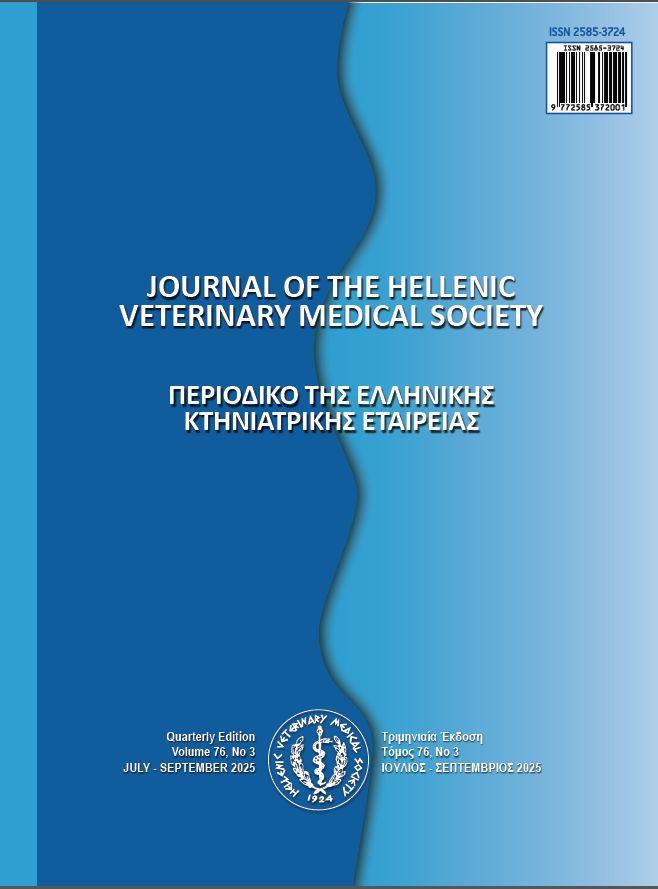Probiotic Characteristics of Enterocin-Producing Enterococci Isolated from Traditional Turkish Cheeses

Abstract
This study aimed to evaluate the probiotic properties of the bacteriocin-producing strains E. faecium DP8.3, E. faecium DP9.3 and E. mundtii DP35.1. All strains were found to survive at pH 3.0 and maintained their viability in the presence of 0.4% phenol and 100 ppm lysozyme. In simulated gastric juice adjusted to pH 3.0, the viable cell counts for E. faecium DP8.3, DP9.3, and E. mundtii DP35.1 were 8.96±0.01, 8.37±0.00, and 8.63±0.21, respectively. The bacteriocin-producing strains were capable of surviving at bile salt concentrations of 0.3%, 0.5%, and 1%. Additionally, these strains were able to grow in the presence of taurocholic acid, glycocholic acid, taurodeoxylic acid sodium salts, and glycodeoxycholic acid sodium salts. The strains exhibited high hydrophobicity, autoaggregation, and coaggregation abilities. According to the results, these bacteriocin-producing strains possess probiotic properties, suggesting their potential use as protective probiotic cultures in food production. Further studies, including in vivo studies and food trials, is required to assess the potential of these strains as protective probiotic cultures in the food industry.
Article Details
- How to Cite
-
Kankaya, D. (2025). Probiotic Characteristics of Enterocin-Producing Enterococci Isolated from Traditional Turkish Cheeses. Journal of the Hellenic Veterinary Medical Society, 76(3), 9701–9710. https://doi.org/10.12681/jhvms.39888
- Issue
- Vol. 76 No. 3 (2025)
- Section
- Research Articles

This work is licensed under a Creative Commons Attribution-NonCommercial 4.0 International License.
Authors who publish with this journal agree to the following terms:
· Authors retain copyright and grant the journal right of first publication with the work simultaneously licensed under a Creative Commons Attribution Non-Commercial License that allows others to share the work with an acknowledgement of the work's authorship and initial publication in this journal.
· Authors are able to enter into separate, additional contractual arrangements for the non-exclusive distribution of the journal's published version of the work (e.g. post it to an institutional repository or publish it in a book), with an acknowledgement of its initial publication in this journal.
· Authors are permitted and encouraged to post their work online (preferably in institutional repositories or on their website) prior to and during the submission process, as it can lead to productive exchanges, as well as earlier and greater citation of published work.


